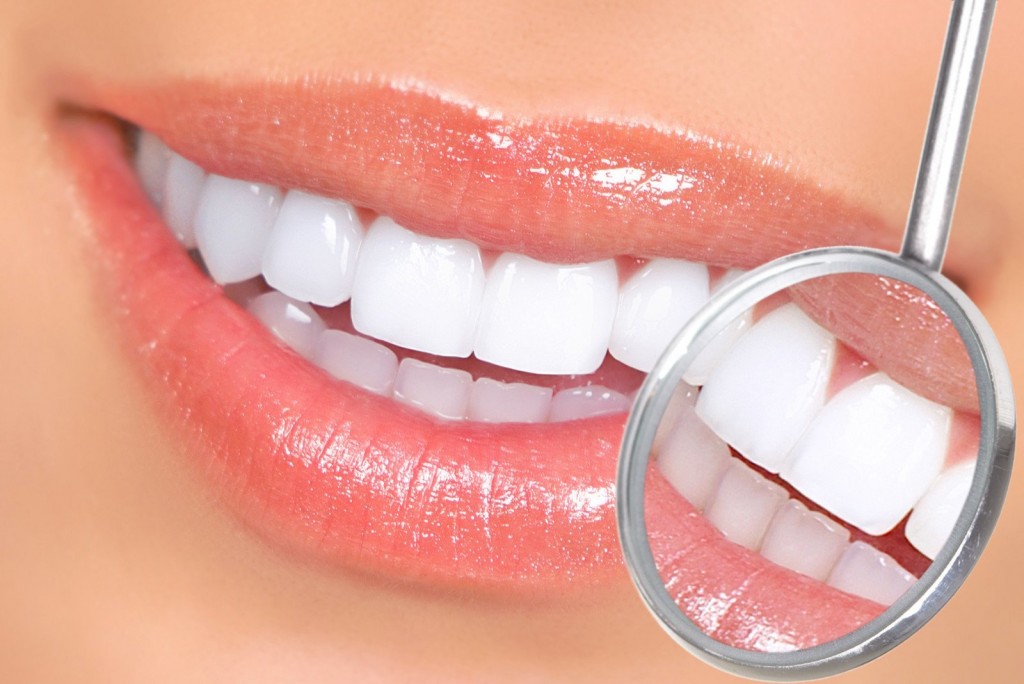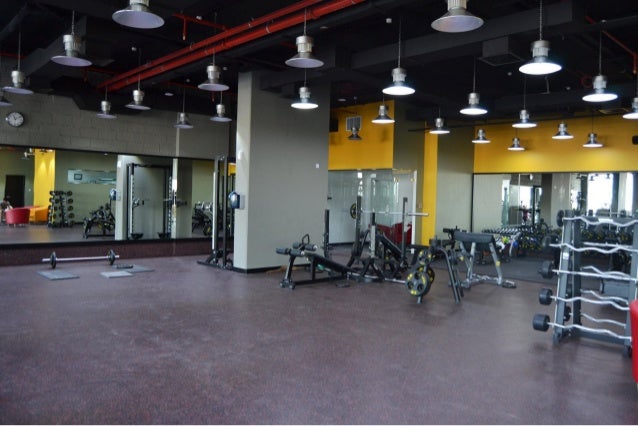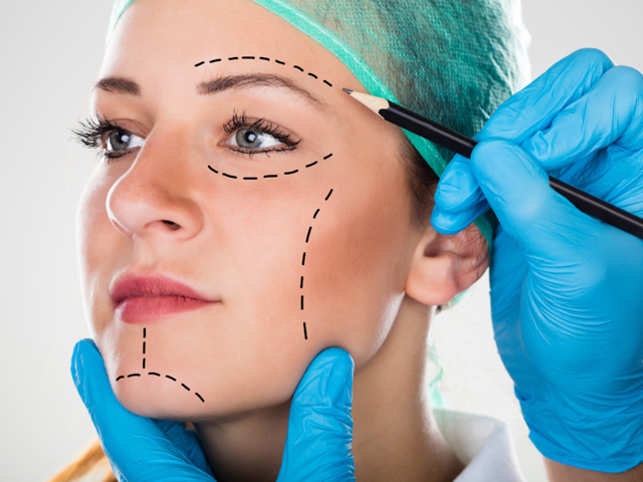
Have you noticed that nearly everyone seems to be doling out nutrition advice: your sister-in-law, the trainer at the gym, the woman behind you in line at the grocery store, and every person on the internet? I can tell you that as a dietitian, I cringe at approximately 95 percent of this advice. Here are some of the top offenders:
“Only Shop the Perimeter”
Let’s get this one out of the way first: This advice may be as old as time, but it’s terrible! If I only shopped the perimeter, I would never again buy nuts, dry beans, brown rice, whole wheat pasta, canned tomatoes, and olive oil. I agree with the general spirit of this advice (buy lots of fresh foods) but there’s no denying that the middle aisles are full of good-for-you, affordable choices—and that stocking up on these shelf-stable items is a smart strategy for healthy eating.
“Switch to Sea Salt to Cut Back on Sodium”
Surprise: By weight, sea salt and regular table salt have very similar amounts of sodium. Some varieties of sea salt have larger, coarser granules than table salt, so you can’t fit as much in a teaspoon—that’s probably where this flawed advice comes from. But a straight one-to-one swap really won’t slash your sodium.
“Stay Away From Bananas, They Contain Too Much Sugar”
Why are bananas so demonized? A medium banana contains roughly the same amount of sugar as a medium apple or pear. Fruit contains a natural sugar called fructose—and while you don’t want to guzzle too much of it in the form of juice, it’s perfectly healthy in a piece of fruit, which also packs fiber, vitamins, and minerals.
Plus, bananas are inexpensive, portable, and available everywhere. There are plenty of places to cut back on added sugar in the diet (sweetened drinks are the number-one culprit). Keep bananas in!
“Don’t Eat White Foods”
Yes, switching from white, enriched breads and pastas to whole-grain versions is a wise move. But avoiding white potatoes means missing out on a great source of vitamin C and fiber. Cauliflower’s packed with disease-fighting compounds. Even onions and garlic contain plant chemicals that are good for you. Despite what you may hear, color isn’t an indicator of healthfulness.
“Stop Eating Gluten”
There are people who truly need to eat a gluten-free diet, including those with diagnosed celiac, an autoimmune disease that affects about one percent of the population. Other people may have gluten sensitivity and feel better without it. For the rest of us, gluten is not harmful or something to avoid. Gluten is what helps bread rise and makes pizza crust chewy, and gluten-containing grains like breads and pastas supply fiber and other key nutrients. And a gluten-free lifestyle is tough to manage–there’s no need to do it unless you really need to.





















